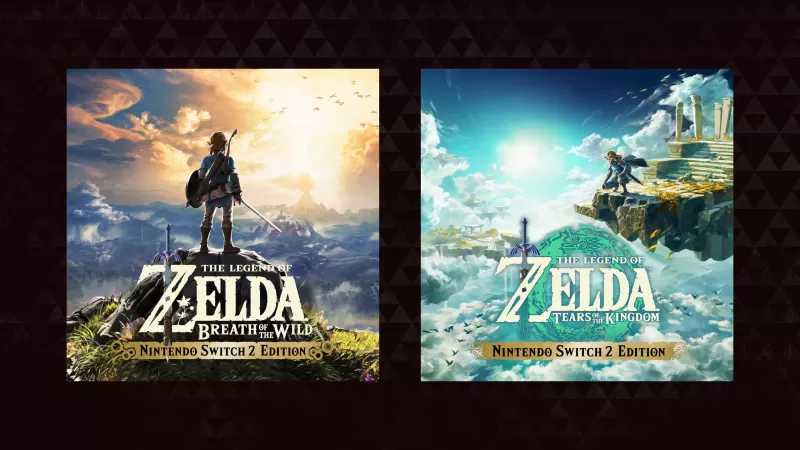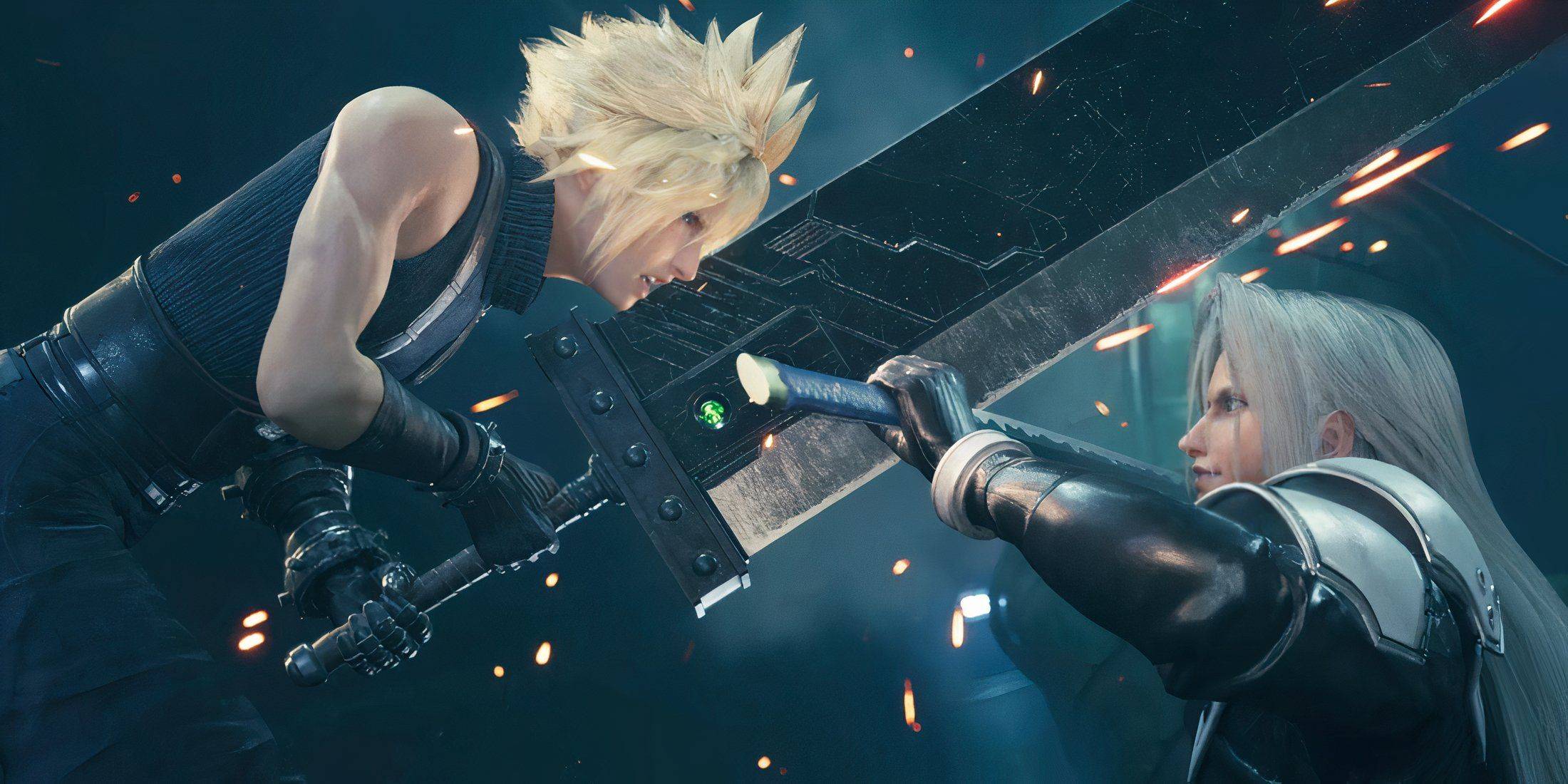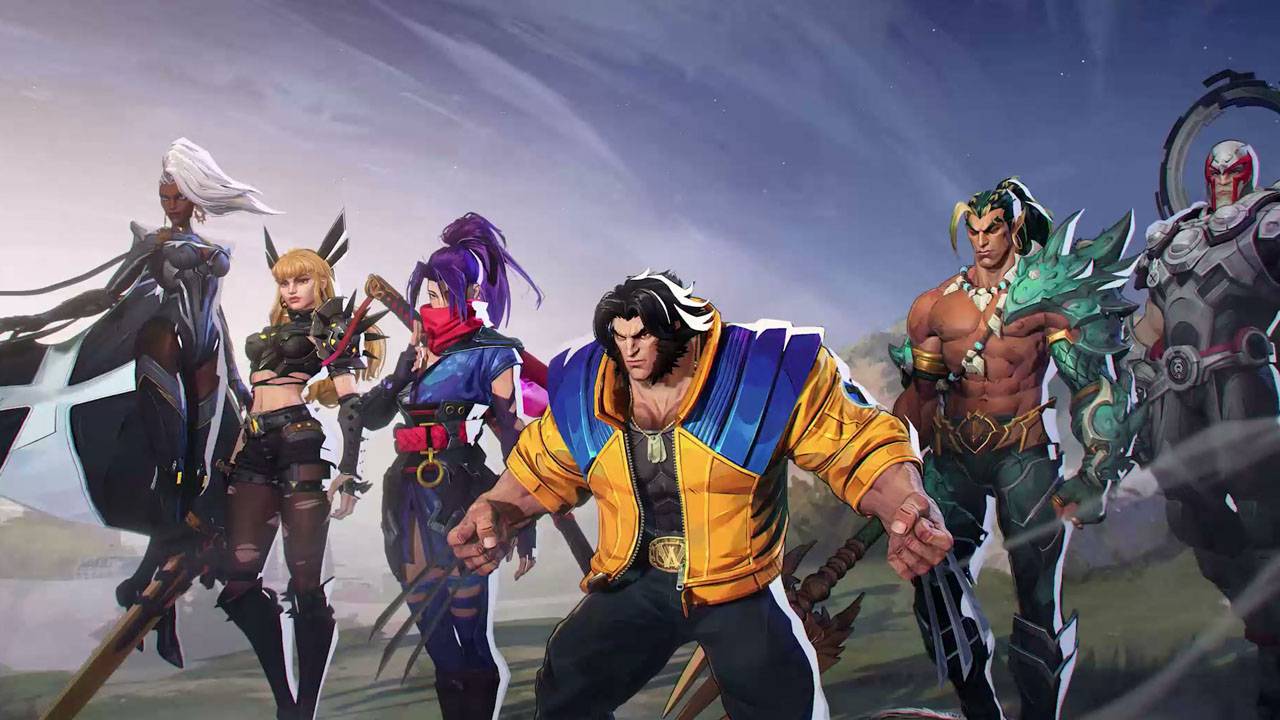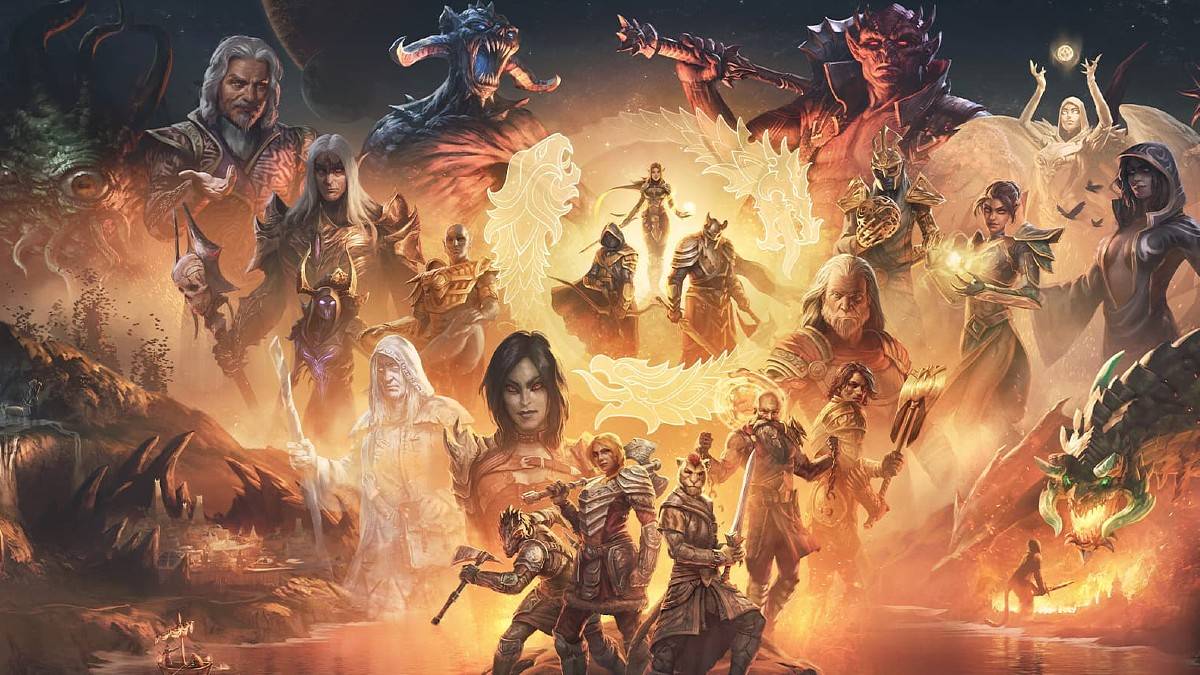In recent weeks, the gaming industry has seen a significant shift with Microsoft raising the prices of all its Xbox Series consoles and many accessories globally, alongside confirming that some new games will cost $80 this holiday season. This follows PlayStation's similar price hikes on consoles in certain regions and Nintendo's increase in Switch 2 accessory prices, along with the announcement of its first $80 game. These moves are primarily driven by tariff-induced price increases, creating a complex landscape for gamers and industry watchers alike.
To understand these developments, I consulted a range of industry analysts. The consensus is clear: the primary driver behind these price increases is tariffs. Dr. Serkan Toto of Kantan Games, Inc., emphasized that Microsoft's consoles, manufactured in Asia, are directly affected by these tariffs. He noted that Microsoft's decision to implement a global price hike simultaneously was strategic, leveraging the current economic climate to minimize backlash. "Microsoft's consoles are made in Asia, so seriously: who in this world can now be surprised about these price hikes?" Toto remarked, highlighting the inevitability of these adjustments.
Joost van Dreunen, an NYU Stern professor and author of the SuperJoost Playlist newsletter, echoed Toto's sentiments, describing Microsoft's approach as "ripping off the Band-Aid all at once rather than death by a thousand cuts." He views this as a strategic recalibration to tariff pressures, aiming to consolidate consumer reactions into a single news cycle while maintaining competitive pricing.
Other analysts, including Manu Rosier of Newzoo and Rhys Elliott of Alinea Analytics, also pointed to tariffs as a significant factor. Rosier highlighted the timing of the increase, allowing Xbox partners and consumers to adjust before the holiday season, while Elliott noted that higher game prices could offset increased hardware manufacturing costs due to tariffs.
Piers Harding-Rolls of Ampere Analytics added that macroeconomic factors, such as persistent inflation and supply chain costs, also play a role. He mentioned the launch price of Switch 2 and Sony’s recent price hikes as contributing factors, suggesting that Microsoft saw an opportunity to adjust prices without losing significant ground to competitors.
Blinking Third
The question now is whether Sony will follow suit with price increases on PlayStation hardware, accessories, and games. Most analysts believe this is likely, with Rhys Elliott particularly confident about the rise of $80 games. "This is just the beginning," he stated, predicting that both first- and third-party publishers across PC and console platforms would adopt this pricing strategy. He also suggested that varied pricing could lead to more flexible pricing strategies, with games at different price points benefiting from perceived discounts.
Daniel Ahmad of Niko Partners noted that Sony has already raised console prices in certain regions, and while there's reluctance to do so in the U.S., it's a possibility. James McWhirter of Omdia pointed out that PS5 hardware, manufactured in China, is vulnerable to U.S. tariffs, and with significant sales occurring in Q4, Sony might follow Microsoft's lead.
Mat Piscatella of Circana was cautious about predicting Sony's moves but referenced the Entertainment Software Association's comments on tariffs, suggesting that rising prices are a symptom of broader economic pressures. Meanwhile, Nintendo indicated it might consider "what kind of price adjustments would be appropriate" if tariffs continue to fluctuate.
Video Games Are Fine... But Are We?
Despite concerns that these price hikes might hurt console manufacturers, analysts believe the impact on overall gaming spending will be minimal. Microsoft's 'This Is An Xbox' campaign suggests the company has been preparing for this shift, focusing more on becoming a service platform rather than solely relying on hardware sales. Piers Harding-Rolls anticipates a decline in Xbox hardware sales but sees potential growth with the launch of GTA 6 in Q2 2026.
Rhys Elliott emphasized that gaming is price-inelastic, meaning that even in tough economic times, spending on games remains steady. He noted that early adopters will continue to purchase new consoles and games, and in-app purchases contribute significantly to overall spending.
Manu Rosier suggested that while total spending might remain stable or grow modestly, consumers might shift their spending towards subscriptions, discounted bundles, and live-service games. Piers Harding-Rolls pointed out that the U.S. market might feel the brunt of these changes due to localized tariffs, but Daniel Ahmad sees growth potential in Asian and MENA markets, particularly in countries like India, Thailand, and China.
James McWhirter noted that while full game prices have not historically followed inflation, the quick adoption of $80 games by Xbox and Nintendo signals a broader trend. He expects publishers to continue adding value post-launch through discounts, DLC, and multi-tiered pricing strategies.
Mat Piscatella expressed a more cautious outlook, anticipating a shift towards free-to-play and accessible gaming options like Fortnite, Minecraft, and Roblox. He also warned of potential declines in spending as prices rise in essential categories like food and gas, suggesting that the economic uncertainty makes forecasting challenging.



















